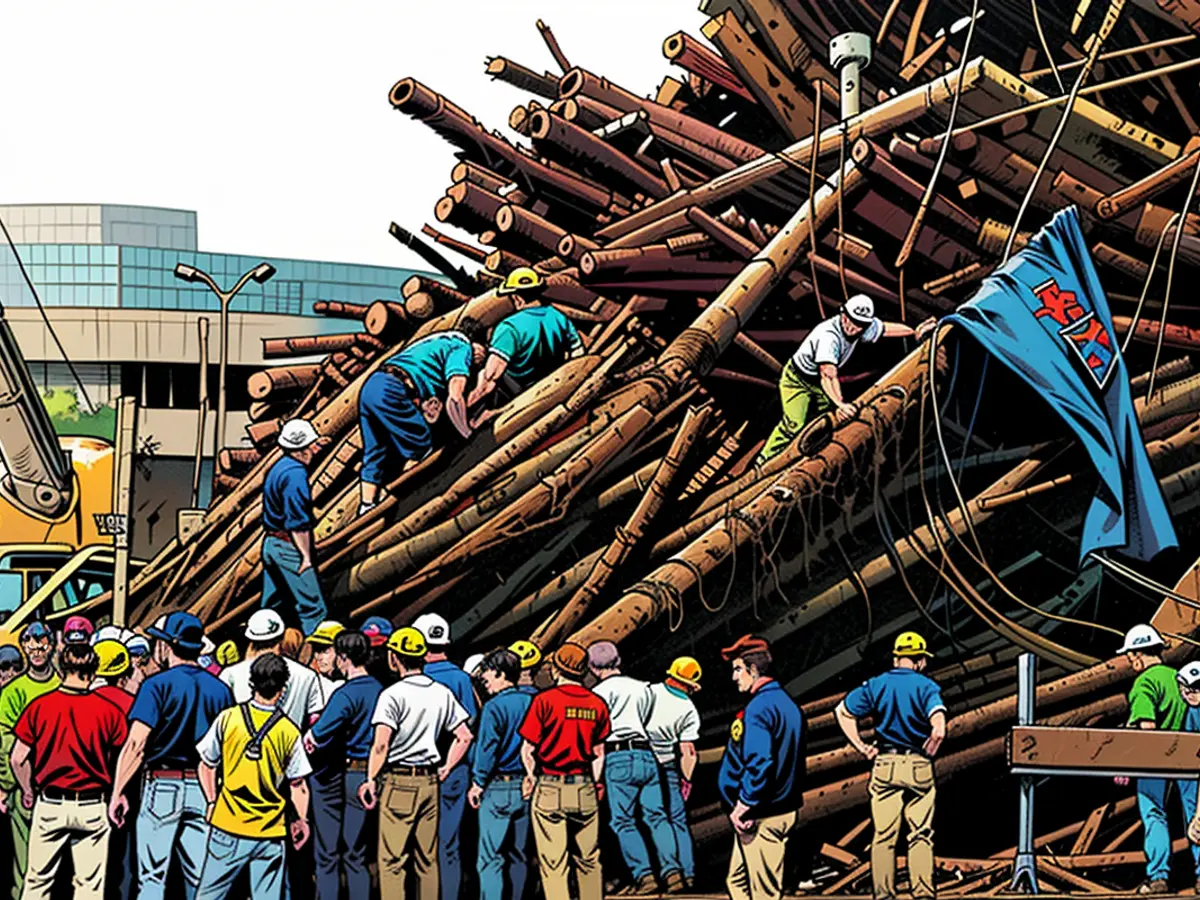Texas A&M will not reinstate the bonfire tradition that resulted in the deaths of 12 people in 1999, as stated by the university's president.
"I decided that the Bonfire incident, which is both a cherished and unfortunate event in Aggie history, should stay in our past," said Welsh.
On November 18, 1999, twelve people lost their lives and twenty-seven others got injured when a pile of bonfire logs crashed after they collapsed, ending the eighty-year tradition.
About twenty-five years after this ancient bonfire tradition came to a sad demise, a committee proposed that the university "resummon the yearly Bonfire tradition with an engineer-developed, contractor-built bonfire on West Campus," as mentioned in a letter from the president.
The committee was established last fall to come up with ideas for memorializing the return of the university's football rivalry with the University of Texas this year. Texas A&M stopped competing against UT yearly in football following their 2011 match, mostly because Texas A&M moved to the Southeastern Conference. After a twelve-year break, the "Lone Star Showdown" will return on November 30th after UT officially joins the Southeastern Conference.
Despite the committee's suggestion, it was eventually decided "after serious thought" that the custom would not be reactivated, said Welsh.
"I have chosen that it is not in the best interest of Texas A&M and the Aggie Family to resurrect Bonfire on campus," he added. "I received countless opinions on this subject, including from former students and friends of the university, and I appreciate your frank, careful feedback. While the opinions varied, most who spoke out against reinstating Bonfire prevailed."
Many students who wished to revive the campus bonfire emphasized the cooperative experience of organizing and setting up the bonfire themselves. However, the committee insisted that it needed to be an engineer-designed, contractor-built project.
The event was promoted as the "world's biggest bonfire," with thousands of people heading to the College Station campus to witness it. The heap of 5,000 logs was 59 feet tall when it crumbled.
The panel that examined the incident stated that "organizational failing" played a role in the accident. Decisions made by university officials and students over many years "created a setting where a highly complex and hazardous structure was built without sufficient physical or engineering control," they stated.
Although the president said he would not be bringing the bonfire back, he said the university intended to hold other celebratory occasions before the game to kindle the rivalry that has significantly impacted our university in many ways. The committee's proposals comprised of a golf tournament and a run to transport the game ball from the state Capitol to College Station.
President Welsh said the Bonfire Memorial, dedicated to the individuals who perished, is a "sacred site" and would "continue to serve as the focal point of how we remember the beloved custom and the commitment of those involved in the tragic 1999 collapse."
There would be a remembrance event held this year on the twenty-fifth anniversary of the accident.
"We will continue to hold these people and their families dear at that function and always," Welsh said.
Read also:
Despite the advocacy from some students, the decision was made not to reinstate the Bonfire tradition, with President Welsh stating that it's not in the best interest of the university and the Aggie Family. The us (Texas A&M community) will continue to honor the memory of those who lost their lives in the 1999 incident through annual remembrance events and the Bonfire Memorial.








